BLOG
|
|
USE IT TO BREAK INTO STRENGTH WORK. Fitness director Ebenezer Samuel has devised an arm strengthening routine for MensHealth.com, “The Triceps Bodyweight Crusher Workout You Can Do Anywhere”. It’s a bodyweight bench circuit workout that can be done at home, on the road, or in the park at the end of a walk or run. “All you need is a bench and 20 minutes…”
Those who regularly grunt through full body training sessions may think it crazy for beginners to focus on just one muscle group. However, timid fitness newbies who have yet to perform resistance exercises might wish to start with this routine to gain mastery in one area and confidence to advance further to build whole body strength. Below is a simple listing of what’s included in the article and demonstration. One set: 1) Skull crusher- head below bench, 6-8 repetitions, 2) Skull crusher-head to bench, 6-8 repetitions, 3) Triceps pushes, maximum repetitions. Rest 2 minutes Repeat 4 sets with 2 minutes rest between each, or “do quick one anytime you see a bench!” Alternately, runners and walkers following the Earned Runs Half Marathon 2019 ‘Saints Days’ 5k &10k Training Plans who have yet not lined up exercises to perform on strength days might want to choose one or two for a custom workout put together over the next few weeks. The “killer” feel of Samuel’s workout is experienced by performing 4 consecutive sets. A kinder, gentler progression could be achieved starting with 2 sets, each with the number of repetitions tolerated without breaking good form. If looking to initiate a strength program that can be performed without dumbbells or gym equipment, anywhere there’s a bench, check out this Menshealth.com piece. If your 2019 fitness regimen includes a healthy diet to reduce fat plus aerobic exercise, this routine will help firm flabby underarms (“bat wings”) in advance of spring break bathing suit season. RUN & MOVE HAPPY! https://www.menshealth.com/fitness/a19519743/best-tricep-workout-anywhere/
0 Comments
TRAINING FOR THE HALF MARATHON 2019 with SAINTS DAYS 5k& 10K STARTS You may become more aware of the progress you are making in training after leaving January and entering February. Walkers and runners who are feeling comfortable with the schedule may wish to change up the Tuesday session and use it as a speed or hill workout.
A run or walk that otherwise would have been performed at a continuous steady pace can be transformed to a simple speed session by planning to run or walk the second half of the distance faster than the first half. The workout strategy is known as a negative split. Or, plan to cover the first mile-running/10 minutes-walking at an easy pace, the middle mile/12 minutes at 3-minute high/low intensity intervals (2 minutes at higher intensity then 1 minute easier, for 4 cycles), and the last mile-run/8 minutes-walk easy. Alternately, run the middle segment intervals on a hill, with each up-down cycle taking about 2-3 minutes (perform 4). In cold weather, hill workouts can be convenient if you drive and park or are working/living near the “hill” (parking ramp or actual hill). There’s only a half mile distance to cover for the out-and-back for the first mile segment, somewhat less for the last segment, and the middle hill segment can be near to where you parked your car or left the building. Just think, the days are getting longer, and you are getting stronger if you are incorporating the strength work into the week’s work (especially the lower body sessions) and performing the dynamic warm-ups. RUN & MOVE HAPPY! https://en.wikipedia.org/wiki/Negative_split http://www.sunrisesunset.com/ ONE OPINION FOR NEWBIES WHO WISH TO START SWIMMING FOR CROSS TRAINING.
SELECTION-WISE, SHOPPING FOR GOGGLES TO WEAR IN THE WATER may be overwhelming, underwhelming, or confusing depending on whether you’re searching online, in big-box sport or specialty stores, respectively. As is often the case, the internet offers numerous brands and models of products. Customer reviews are provided to help with purchases, but reading through them takes time. And unless the verified purchaser describes exactly your situation or issues, endorsements can be of little value. On the other hand, high volume brick-and-mortar retailers seem to stock only a few popular brands, each with 1-2 models for adults and one for children. Small specialty stores carry niche brands with advanced features that are designed to give swimmers the edge in competition. Perhaps price is the best indicator of superior function? This is the situation I encountered about a year ago. I trialed several different brands of unisex in-water protective eyewear, which appeared to be too big for the small width of my eyes and narrow face. Next, I tried the women’s (small) Zoggs Predator Flex goggles. They fit very comfortably. The rims are, like the name indicates, soft and flexible silicone and didn’t dig into the delicate peri-orbital tissues around my eyes. Without needing to pull the double strap too tightly, there is no seepage of water. Zoggs offers other models, but once I found one that worked well for me I stopped shopping, stuck with it, and bought a back-up*. This is not a review of best goggles or a comparison of brands/models. I don't have the expertise to offer such high level assistance. Specifically, it recommends that those who are struggling to achieve a good fit for a small face try this model. The Predator Flex Classic comes with polarized lenses which may not be essential for indoor pool swimming, but the effect is calming and not bothersome to me. The advice of swim experts will be required to address performance or other concerns. However, if you’re dipping your toe into the lap pool for the first time this winter, perhaps this one opinion will help shorten the time spent shopping for cross training equipment. RUN & MOVE HAPPY! *NOTE: The classic model was on sale when i purchased my pair of goggles, and may be discontinued in the future. https://www.zoggsusa.com/collections/predator-flex/products/womens-predator-flex RUNNERS HOPING TO INCREASE SPEED ARE ADVISED TO TAKE 180-200 STEPS PER MINUTE. What is the speed equivalent for walkers? The pace of a brisk walk has been identified at 100 steps/minute. That’s a bit faster than strolling, but still not very fast. Wendy Baumgardner from Verywellfit.com provides more information that walkers might find helpful in an article. “Average Steps Per Minute for Various Activities”.
Baumgardner identifies the “Average Pedometer Steps for a Mile of Walking or Running”, for a few different paces, “as measured by researchers”. The specific research is not referenced*. Although the intent of the article is NOT to address walking speeds, it contains information that’s pertinent to this discussion: Pace: “average” PEDOMETER steps per minute WALKING 30 Minutes/mile (2mph): 61 20 minutes/mile (3mph): 100 15 minute/mile (4mph): 152 12 minute/mile (5mph): 242 Racewalking (speed not given): 197 Have you personally counted your steps per minute at different walking intensities/speeds rather than relying on a pedometer reading? If so, you’ll have gotten the impression that to walk faster you need to take smaller steps more frequently to increase the speed. The length of stride will vary between individuals of different height, of course, and so will the step number. The purpose of this Earned Runs blog is to introduce the idea that as well as training to cover the 13.1 mile distance, half marathon walkers may wish pay attention to speed. To first determine their individual step number per mile at a specific pace and then occasionally monitor their steps and pace in training to increase speed. Because longer distances races may require that walkers finish with an average pace of 15 or 16 minutes per mile, it’s reasonable to aim for achieving this overall average pace, or faster. The race course may officially close after a set timepoint, and although you certainly can continue walking, the timing clock might be stopped, and normal street traffic flow will resume. Potentially it may be less safe to walk, and you might not record an official time. Finisher medal distribution may stop too. To count steps per minute; the easiest method is to note the number taken in 15 seconds and multiply it by 4 to calculate steps per 60 seconds (1 minute). Compare the result with the average paces listed above. Race pace will need to be somewhere nearer or above 152 steps/minute to attain a 15 minutes per mile speed; definitely well above 100 steps/minute (20 minutes per mile). It might be convenient to use the Thursday HIIT sessions to work on speed at first, during the high intensity 3-minute intervals. Also, check out the Verywellfit.com article by Baumgardner “How to Walk Faster For Better Workouts” that describes techniques to improve walking form that the author indicates are “borrowed from race-walking but without the hip motion”. Walkers may notice that paying close attention to form, time, and step number during speed training sessions will require greater mental concentration than that needed on easy walk days. Try working hard on one of the shorter weekday walks (HIIT Thursday for example) and allow yourself to mentally relax and enjoy the long weekend distance walk. After a 3-4 weeks of 1 short-day/week speed-training, perhaps you’ll notice a quickened pace on those long Saturdays. A short piece from Racewalking.com explains how walking fast over short distances can translate to maintaining faster speeds over longer distances. RUN & MOVE HAPPY! https://www.verywellfit.com/pedometer-step-equivalents-for-exercises-and-activities-3435742 https://www.verywellfit.com/how-to-walk-faster-3432918 http://racewalking.org/5quick.htm *The piece is reviewed by a Senior Medical Advisor. HANDLING FAMILY AND FRIEND CHALLENGES TO HEALTHY HABITS
Dietitian Jessica Cording offers holiday advice to those trying to follow nutrition and fitness programs in the midst of a season of celebratory and sometimes uncontrolled eating and slackened exercise routines in an article for SHAPE.com, “How to Deal When Friends or Family Don’t Support Your Healthy Habits.” Expecting a piece in which non-healthy challengers are portrayed as completely bad and healthy eaters as good, it was surprising that Cording did not immediately take sides. She began by suggesting that such situations need closer examination. She allowed for the possibility that following a too-strict eating plan might be placing some near the edge of an eating disorder. That concerns raised by those around us we see as not fit are valid, and we should loosen up and indulge a bit more when it comes to eating, she indicates. Cording makes points that may not be welcomed but are vital to health, because overly rigid habits can be dangerous. Cording offers additional guidance for how to deal with awkward social situations. She makes the following suggestions, summarized below, which should be read in entirety in the article to get the full benefit: Examine stated concerns for hidden worries Check yourself for over-restrictive or disordered habits Attempt to explain or remain silent when challenged Make adjustments as needed with fitness and diet In a time when national obesity rates are rising, it becomes more difficult to defend healthy habits when more of the population dismisses or excuses-away exercise and diet guidelines recommended by experts. Those who have been successful in following plans that resulted in significant improvements know that well-meaning chiding by others can derail attempts to persevere. Although this post comes at a time period after the big holiday crush, this same issues arise throughout the rest of the year. We may see certain relatives only once a year, but interactions with friends about different eating and workout preferences may occur regularly. January and February are famous for being months in which many focus on health and fitness, and excuses for not indulging at get-togethers may be more readily accepted. But as these months set the tone for the remainder of the year, experiencing success now can help set our resolve to meet goals set down in early January. Perhaps this advice can make the difference between meeting and giving up on your personal resolutions to adopt healthy habits in 2019. RUN & MOVE HAPPY! Note: As a registered and practicing dietitian in my early career, the following strategy helped me save relationships and my diet over the years: making the case NOT about the food but timing or conditions. I exclaimed how wonderful and appealing the offered food appeared and avoided making the issue about ME and my dietary concerns. Examples:
Then follow through on your proclamations (don't lie), but with portion sizes and choices that work for you, doing so in a manner that shows you appreciate what's offered and the effort to make it. Indicate that you intend to enjoy and participate in the celebration. Then sample some of what's presented rather than eat full portions. Maybe it will work for you too at some gatherings. RUN & MOVE HAPPY! https://www.shape.com/healthy-eating/diet-tips/how-stick-healthy-habits-holidays-unsupportive-family ‘SAINTS DAYS’ TRAINING PLAN STARTS TODAY. RUN: This is the week you start to pick up the mileage a bit. Although it seems you are expected to run 10-minute miles ("run 35 min or 3.5 miles" translates mathematically to running 1 mile in 10 minutes), you can run at a slower or faster pace. Be sure to cover the scheduled mile distance, which will then extend over a longer time period if your pace is slower. Of course, if you are able to run comfortably at a faster pace, you will finish in less time.
There are no speed drills in this part of plan, so the mid-week runs are intended to be easy. If you would like to try a simple progression run on a Tuesday or Thursday session, try going out easy and after you’ve covered half the distance, finish the second half a bit faster, so that you run that same distance in a shorter period of time. For example, if the initial 1.5 miles of a 3-mile run take 15 minutes, try to finish the next 1.5 miles in under 15 minutes. Think of it as mentally beginning to develop a race day strategy, even this early in training. There will be a post soon that details progression runs. The reason to complete the prescribed distance mid-week involves the long run at week's end, which will gradually increase in length. The goal of training is to be physically and mentally prepared to run the entire race. Thus, it will be "easier" over the duration of the 18-week plan to cover the full distance each running day, even though it may require more time than listed is on the plan. WALK: This week’s schedule is a repeat of Week 1, in which the long walk on the weekend is performed at an easy pace. Going forward, in Week 3 and the remainder of the training plan the pace will be brisk. Your goal should be to take about www.healthcorps.org/what-does-brisk-walking-mean/100 steps per minute while walking briskly. Work up to that speed if you can’t manage it now. The High Intensity Interval Training (HIIT) sessions on Thursday represent a form of speed drill, to prepare you for race day pace. During the high intensity intervals aim to increase your pace above a brisk walk (100 steps per minute). An upcoming blog post will discuss faster walking paces in greater detail. RUN & MOVE HAPPY! https://www.healthcorps.org/what-does-brisk-walking-mean/ TALKING MYSELF INTO TRYING OUT A NEW SPORT ACTIVITY I went looking for an article that will help me try out brand new snowshoes. I found one by Josiah Middaugh, written back in 2011.
Snowshoeing is presented as a cross training tool for running in his Runnerworld.com article, “Winter X-Training on Snowshoes, Improving the Aerobic Engine on Snow”. But I’m hoping it can stand alone as a winter sport for those like me, who live in areas with a consistent snow cover in winter. I am planning to strap on my first pair as soon as the white stuff covers the beach and bike paths near my home. “Snowshoeing requires little skill and minimal equipment,” Middaugh encourages. “if you can walk or run, you can snowshoe” he says. Great, I’m thinking, he must know me! Middaugh further explains that for runners who usually focus on moving at a specific pace to train effectively, doing so on snowshoes requires a change in mindset. He recommends thinking in terms of time, not distance. Merely walking on hilly terrain in snowshoes can move heart rates into desired training zone ranges even if the pace is slow. Perfect for former runners who seek to replace their favorite activity, it seems. This four times U.S. snowshoe racing champion offers other tips and advice in the article. Those looking for something to help them enjoy the outdoors January through March or later, might consider this sport and read it in full. If the 2019 winter snow season extends far into spring, as it did in some areas of the United States in 2018, perhaps disappointment can be replaced by joy at the prospect of continued snowshoeing opportunities. Various lists of national park and other amazing venues for snowshoeing can be pulled up online, but the most exciting aspect of this new adventuring for me is that there's at least one right outside my front door. The future looks bright for me and this new winter sport. RUN & MOVE HAPPY! NOTE: I tried out my new snowshoes the first week of January on a brilliantly sunny but cold day. There was a fresh 3" of snow on the ground. A trek to the nearby State Park was exhausting yet exhilarating, even at the slow pace of snowshoeing. Often times in the winter, the beach's sand is blown over the snow drifts. And it's sand drifts are blown over with snow. These conditions usually make hiking difficult, hard on the knees. This was the beach's condition on this breezy day. Can't describe with words the joy I felt, experiencing the same thrill as with running. The snowshoes provided stability in the soft sand-snow. Forward motion was slow but traversing the dips and irregularities of the beach surface and dune trails was easy. I am not praying for lots of white precipitation, but I stopped fearing being kept indoors by a heavy snowfall. https://www.runnersworld.com/advanced/a20813587/winter-x-training-on-snowshoes/ http://www.snowshoeracing.com https://www.liveoutdoors.com/recreation/243533-5-snowshoeing-destinations-u-s/ https://www.travel-experience-live.com/best-usa-national-parks-for-snowshoeing/ https://www.usatoday.com/story/travel/destinations/10greatplaces/2017/02/03/snowshoeing/97392402/ WALKERS WHO HAVE SEARCHED THE INTERNET FOR SHOE REVIEWS may have been disappointed at what’s featured on these pages. It seems as though the recommended clunky white and black models are mostly meant to be worn by people who need the assistance of WALKER equipment to stay upright. Or by workers who stand long hours at their jobs. Alternatively, there are a few sites which cater to elite speed walkers, which offer made-to-order custom footwear.
If you are looking to find shoes to help you in training to walk faster and over long distances, a piece by Wendy Baumgardner for VeryWellFit.com provides solid advice! Baumgardner covers the basics and tells readers new to training what more experienced walkers learned by trial and error. She explains that running shoes tend to be better for this purpose than traditional clunky walking shoes. Then she outlines which running shoe features are best for walking fast. This is GREAT news! It means walkers can enjoy the variety and seasonal changes in color and fashion available to runners searching for footwear. Not all running shoes are appropriate for walking, however. Baumgardner identifies flexibility, a low heel to toe drop, non-flared heels, and cushioning as important. The article links a list of recommended shoes, but with the previously mentioned guidelines, walkers have sufficient information to find more models to their liking. Bringing a copy of the article to the specialty running store might be helpful. With Baumgardner’s help walkers can enjoy much more excitement, style, and functionality. RUN & MOVE HAPPY! https://www.verywellfit.com/walking-shoes-how-to-walk-faster-343291 EARNED RUNS ANNUALY PROMOTES A NUMBER OF SUMMER CHALLENGES. One of them is a “Summer Streak”. The challenge at first was to run at least one mile every day, then expanded to a run or walk streak, then morphed to a streak of ANY activity that could safely be performed daily, from Memorial Day to Labor Day, the unofficial start and finish to this season.
I inadvertently started a walk streak January 3. The next several days were forecasted to deliver full sun, and possibly clear sunrises and beautiful sunsets. I walked twice a day to enjoy both. By January 7, I had the beginnings of a streak and decided to continue as long as possible. On January 10, the idea of a formal Earned Runs streak materialized. Why spend the cold winter months repeating the same activity day after day? Because the cold dark season doesn’t offer much motivation to accomplish huge fitness goals, especially those involving the performance of outdoor exercise. And the gym is busier than ever at this time of year. Combining these two observations, I thought the winter would be perfect time to lay down a challenge to adhere, either indoors, outside, or both sites, to an uncomplicated exercise program that doesn’t require a huge mental effort. Just get up every day and physically ‘do’ that one activity! Walk or run, or spend a set time on a stationary bicycle, elliptical machine rowing machine, or stair stepper. If swimming is your thing, get in the pool daily. Or promise yourself you’ll perform a mobility routine (myrtl’s) each day. If push-ups are intimidating, do a handful (5) each day. Consider a one 1 minute plank session. You get the idea… Start today, or set January 21 as DAY 1 if advance arrangements are required, and end with the equinox, March 20 (the first day of spring in the northern hemisphere and fall in the southern hemisphere). If the rest of life is complicated for you now, consider choosing this simple, no-brainer, streak challenge for what remains of the winter season. At winter’s end, you’ll have accomplished at least one fitness goal if you stick with it. RUN & MOVE HAPPY! RUNNERS AND WALKERS are you ready to begin training? If so, commit to performing the pre-run hip girdle mobility (Myrtl’s) and flexibility (pre-run dynamic warm-ups or “DWarmups”) routines, post run stretches, and foam rolling work that is incorporated in this plan along with the days of running.
The upper and lower body strength training can be simple; a strength session is scheduled for one day each week but of course you can do more of this as desired. CROSS TRAINING can be incorporated into your training schedule on days you are not running, AS DESIRED The RESOURCES page has links to suggested routines for these workouts, a few include video demonstrations. Most trainers will say it’s good to mix up or rotate exercises, such that you never quite become comfortable performing them. You can also go online and find versions that differ from the tried and true classic exercises posted by Earned Runs. Many can be made easier or more difficult. Any lower body exercise that can be performed with one leg will increase the difficulty and also work on improving balance, especially if it’s done standing. If you feel unsteady while performing any routine, make sure you have nearby stable support structures to prevent falls. In watching video demonstrations produced by trainers for young and fit athletes, like football players, there are cautions that even sport elites can be a bit unbalanced initially. After a break from performing walking lunges I tend to tip to one side when starting again, especially when combining upper body rotation with this move. Balance work can improve running and walking efficiency, so don’t shy away from single leg strength routines; you’ll get twice the benefit. CLASSIC LOWER BODY exercises that can be performed without extra weights include: Lunges: forward, reverse, side/lateral, and forward with rotation Bridges/hip raises: both feet on floor (easier), single leg (harder); on stability ball (harder) Squats: front and split Side leg raises: without (easier) or with a resistance band (harder) Clamshells: without (easier) or with a resistance band (harder) Resistance bands walks: lateral and “box” stepping CLASSIC UPPER BODY exercises that can be performed without extra weights include: Push-ups (variations) Triceps dips Floor “Y’, “T”, “W” and “I” arm raises; done on stability ball (harder) https://www.youtube.com/watch?v=nHfkpPYSgzs CLASSIC CORE/STABILITY exercises include: Planks: prone, sideways, supine; there are many easier/harder variations Dead bugs: without (easier) and with a stability ball (harder) Mountain climbers (variations) BALANCE exercises: One leg stand: harder on unsteady surfaces (folded towel, pillow, Bosu) or with closed eyes Step downs: front, side, and back http://www.knee-pain-explained.com/knee-strengthening.html Most training plans will recommend similar supportive work on mobility, flexibility, balance, and strength, but actual routines WON’T BE LISTED ON THE DAILY/WEEKLY schedules. Notes will state the importance to running of doing this work, but mostly other plans leave details of when and how to incorporate this work into training regimens to individuals. EARNED RUNS plans strongly EMPHASIZE the IMPORTANCE of this work to INJURY PREVENTION over the course of the training period by scheduling these components on specific days. However, you can customize the plan and change things up to meet your needs. For example, the "Dead Bug" is a safe and effective (abdominal and back) core exercise scheduled every Wednesday, but another exercise can be substituted and it can be performed any day(s). Your 2019 training season officially begins! RUN & MOVE HAPPY! FRANK SINATRA CROONED A GRAMMY AWARD-WINNING TUNE, “It Was a Very Good Year” back in the early 1960’s, that was included in an album titled “September of My Years”, released in 1965.
The song’s lyrics wistfully recount younger years of a singer’s life at ages 17, 21, 35, and then when older, “in the autumn of the year”. The sentiments expressed seems to come from a man who recalls his life by remembering his relationships with women of those earlier time periods, and who compares his present life circumstances to “vintage wine”. It’s a look back that is celebratory rather than bitter, viewing later years as “sweet and clear”. Without knowing the exact age of the person reminiscing through the lyrics, it’s possible that athletes of variable ages look back at their competitive lives in a similar manner. That the very best days are not of necessity in the past, but can be lived in the present and extend into the future. Hopefully, that’s the message Earned Runs is transmitting through its online materials and posts. That each period in our physical activity history can be memorable. That what we are able to accomplish in the current year and into the future can allow us to view our athletic lives as “sweet and clear” regardless of age. Each era has ups and downs. The fast and furious training and competing of the 20’s and 30’s may lead to regular PR’s but can increase injury risk and likelihood that weeks and months might be spent in recovery and rehabilitation. The steadier 40’s and 50’s may allow a comfortable rhythm of athletic participation, although somewhat constrained by family and career demands. Beyond this time period, after ‘masters’ identities have been defined by decades of sport participation, bodily wear-and-tear issues can threaten to prevent enjoyment of favorite recreational pastimes. Regardless of where athletes find themselves on this timeline, there is always the potential for change that permits the development of sporting lives that are not necessarily better, but different. There’s so much variety in outdoor and indoor recreational activities that, when forced by circumstances beyond our control, unintended upheavals can lead to discovery and enjoyment that was unimaginable in the years of status-quo participation in the go-to sport of choice. Even so, why wait for forced change to look back and appreciate the year or years gone by? Why not look back each athletic year and see how good it was? The Earned Runs ‘method’ is to use competition bibs to document activities and accomplished goals. Log books or training diaries can serve the same purpose. This year, consider a planning system that permits you to easily recall and appreciate the efforts made and successes enjoyed; what’s been earned by setting personal challenges and then training to meet them. Over the years, the accumulated records will write the lyrics to your athletic history song. RUN & MOVE HAPPY! NOTE: Request bibs for 2019 to get started! Look for an more information about bibs in an upcoming post. https://en.wikipedia.org/wiki/It_Was_a_Very_Good_Year A TREND TO TREAT NON-ACUTE KNEE PROBLEMS WITH PHYSICAL THERAPY AND MEDICATIONS, has translated into data showing less surgeries are being performed. An article by Harvard Health Publishing editor Robert H. Schmerling MD, indicates a decline in “open” surgeries has been followed, decades later, by a reduction in the number of arthroscopic procedures to fix conditions in which knee joint motion is preserved. Mostly these conditions are common causes of knee pain, such as osteoarthritis, and are not the result of acute sports trauma.
Dr. Schmerling indicates that, for example in the case of torn cartilage, “studies have demonstrated convincingly” that in “many instances of torn cartilage that do not block joint motion”, other remedies like medication and physical therapy “may work just as well as arthroscopic surgery”. The doctor said that until recently “despite these recent data, some orthopedists continued to recommend arthroscopic surgery for these conditions”. But a change is being noted. Declines were seen over the period of 2002-2015 in Florida study that are reported on in the HHP article. Schmerling discusses reasons why the change may be slow in coming and whether this trend is good for patients. Athletes with chronic knee pain that has worsened over years may wish to investigate the possibility of trying non-operative, non-arthroscopic treatments rather than immediately undergoing the minimally invasive procedure, if advised so by an orthopedic surgeon. As Schmerling indicates, the causes for the trend have not been completely studied but, as he says, “it is reasonable to assume that knee arthroscopies are being performed less often because we better understand when they are likely to help and when they are not”. Perhaps referring to the HHP article can assist with starting such a discussion with your surgeon. A little more than a year ago I was looking for help with a non-traumatic knee condition that, described as above, was not amenable to arthroscopic repair. An expert orthopedic surgeon recommended a program of knee-friendly strength exercise and aerobics, stretching and mobility work, and continuing to maintain body weight in the normal range. He did not advise surgery. After all these months, my knees feel wonderful without medication and I’m able to work at and enjoy a variety of low impact recreational sport activities. I competed in an 8K this past Thanksgiving, walking to 3rdplace gender/age group finish. The complex meniscus tear and osteoarthritis that was diagnosed 1 year earlier had benefitted from the extra rehab work! Check out the Harvard Heath Publishing article for greater understanding. RUN & MOVE HAPPY! https://www.health.harvard.edu/blog/surgeons-are-doing-fewer-knee-surgeries-2018122715656 MEN IN BLACK WORKOUT: YOU CAN DO IT! THE VIDEO DEMONSTRATION OF THIS 30-MINUTE WORKOUT PROMISED to be just another totally ridiculous session that only really, really tough GUYS would want to attempt, requiring a good amount of coordination. My mind was already set against Luke Zocchi's routine, Tweeted by @Mens HealthMag, because Chris Hemsworth’s stunt double Bobby Hanton was being asked to run through the moves. There would be lots of movement with heavy weights that would increase the risk of injury, I predicted.
However, because the first warm-up moves seemed reasonable, I did not stop the video and watched to the end. It was great! I want to do it. Dumbbell weights are utilized that are heavier than I would attempt, but mostly the moves appear customizable. So, plan to pick the weight that allows you to maintain good form and progress as strength is built. Except for the burpee (no jump at the end) the exercises that comprise this session do not require abrupt movements. Most are common components of routines I’ve been prescribed after age 50! Warm up (10 minutes): Bear crawls Body weight squats Weighted exercises: Weighted burpees Curl and press Goblet squat Standing triceps extensions Reverse lunge curl Shoulder combo: lateral raise- front raise-upright row Core: Plank punch-out Plank pulse Plank pike This is the workout CH trainer says was used on the road while filming MEN IN BLACK, to give the star a trimmer, “more athletic, less bulky look than Thor”. It’s portable, and can be used by men and women! In a December 26, 2018, there was discussion about finding likable workouts with weights. Try this one for the new year if you're still searching. RUN & MOVE HAPPY! https://twitter.com/MensHealthMag/status/1072657287414566912 https://www.denofgeek.com/us/movies/men-in-black/267891/men-in-black-4-title-release-date-cast WALK & RUN HALF MARATHON 2019 WITH SHORTER DISTANCE 'TUNE-UP' RACE TRAINING STARTS JANUARY 131/6/2019 HALF MARATHON WITH 'SAINTS DAYS 5K & 10K TRAINING PLANS will begin January 13. If one of your 2019 Resolutions is to run or walk a race, Earned Runs may be able to provide you with a daily training plan that begins in mid-January and takes you through the middle of May, when you would complete a half marathon. Prior to that effort you would also complete a 5K near the St. Valentine’s Day weekend in mid-February, and a 10K near the St. Patrick’s Day weekend in mid-March.
Each of the shorter distance “SAINTS DAYS’ races are intended to serve as ‘tune-up’ competitions for the half marathon. However, if you are not interested in the longer distance race, you can use the plans to provide a daily training schedule through the winter. Spring begins in the third week of March, so you can go your own way after the St. Patrick’s Day event if you wish to stop then. The helpful aspect of all Earned Runs training plans is that they are not exclusively focused on simply running or walking sessions but also encourage mobility and strength work. Check out the DRAFTS for the RUN and WALK 2019 Plans (each has PARTS 1 and 2). Perhaps you’ll want to use them to guide you toward accomplishing fitness goals for the year. RUN & MOVE HAPPY! RUN: Half Marathon 2019 with SAINTS DAYS 5k and 10K Plan PART 1 RUN: Half Marathon 2019 with SAINTS DAYS 5k and 10K Plan PART 2 WALK: Half Marathon 2019 with SAINTS DAYS 5k and 10K Plan PART 1 WALK: Half Marathon 2019 with SAINTS DAYS 5k and 10K Plan PART 2 NOW THAT 2019 HAS ARRIVED, THE PARTY ATMOSPHERE OF THE PRE-HOLIDAY PERIOD HAS SUBSIDED. Still, not everyone will welcome discussion of weighty issues. If you haven't already been considering abstaining or decreasing alcohol consumption for health reasons, as addressed in an article by Julia Malacoff for SHAPE.com, "Why More Health-Minded People Are Practicing Sobriety?", you will likely skip this post.
However, if you, alone or with other friends or family members, have casually but increasingly mentioned wanting to cut down on alcoholic beverage intake, you might find Malacoff's piece motivating. The reasons need not concern addiction, but weight loss or maintenance, cancer prevention, better quality sleep, improved fitness and athletic performance, personal safety, etc., just as the article mentions. From my perspective, bone health is high on the list of arguments for limiting alcohol. As many write and revise New Year resolutions that hopefully will put us on track for a healthier AND FITTER year, it's encouraging to know that we might be part of a broader movement that makes it more socially acceptable to opt for alternative, non-alcoholic refreshment. Like the 'unplugging' movement, sobriety initiatives can offer a glimpse of the "less is more" side of life's pleasures. It's cool to celebrate in more than one way! Consider a trial of sobriety like "Dry January" this month to test the effect on your athletic performance and fitness. RUN & MOVE HAPPY! https://www.nsca.com/education/articles/nsca-coach/the-effects-of-alcohol-on-athletic-performance/www.nsca.com/education/articles/nsca-coach/the-effects-of-alcohol-on-athletic-performance/ https://www.shape.com/lifestyle/mind-and-body/why-health-minded-people-practicing-sobriety? |
BRIDGE TO PHYSICAL SELF
Running, walking, and fitness activities enable us to experience our physical selves in a world mostly accessed through use of fingers on a mobile device. AuthorEARNED RUNS is edited and authored by me, runner and founder. In 1978 I began participating in 10K road races before 5Ks were common. I've been a dietitian, practiced and taught clinical pathology, and been involved with research that utilized pathology. I am fascinated with understanding the origins of disease as well as health and longevity. Archives
November 2023
CategoriesNew! Search Box
Earned Runs is now searchable! Check it out...
|
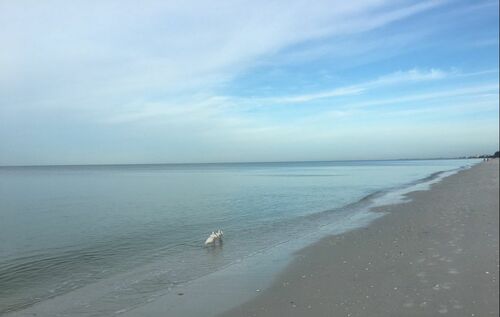
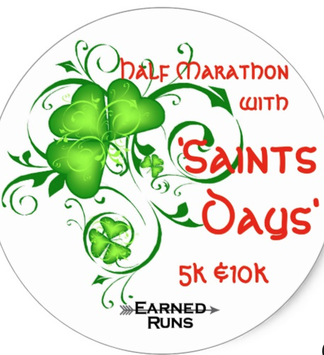
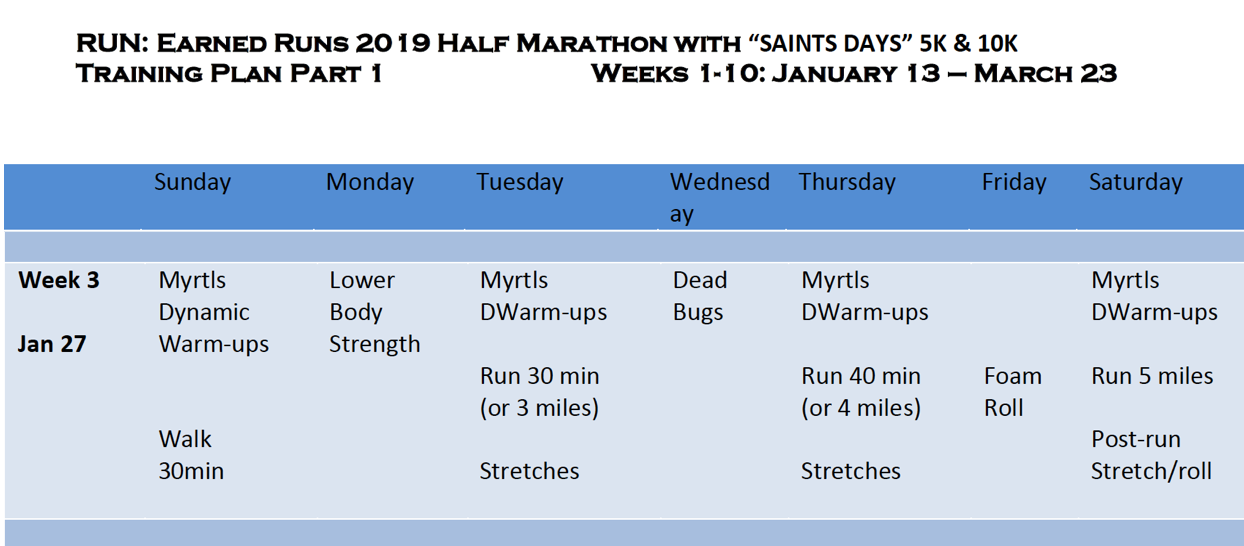
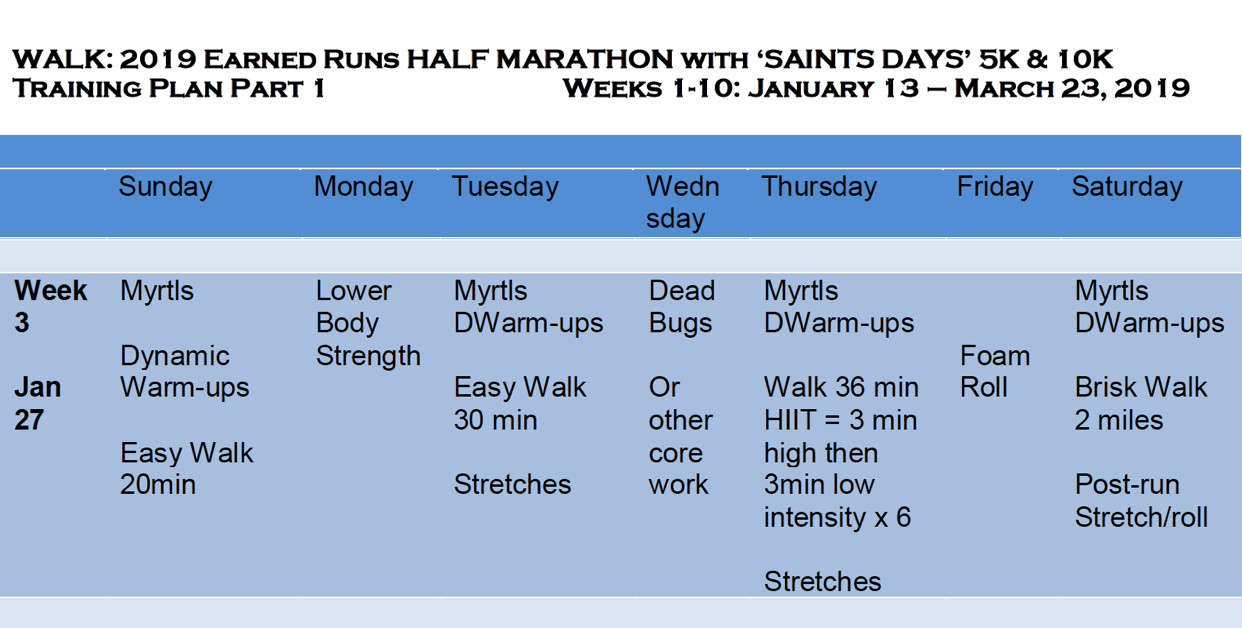
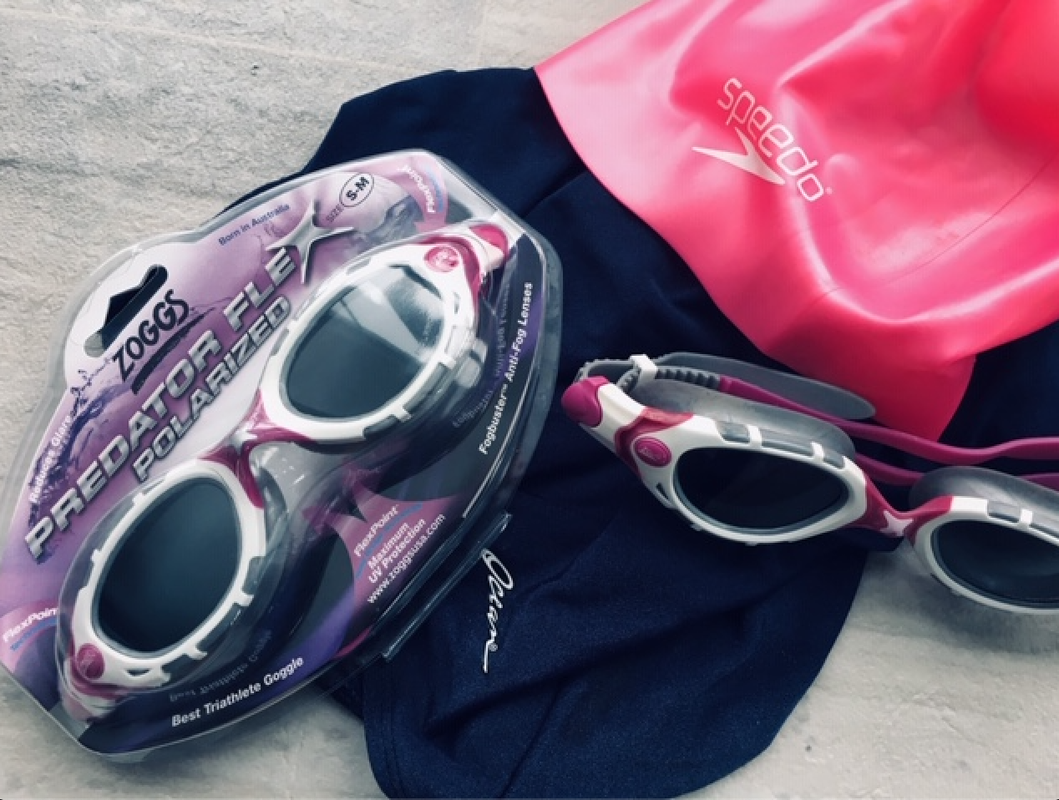


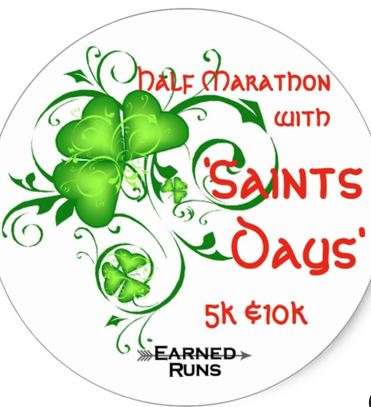
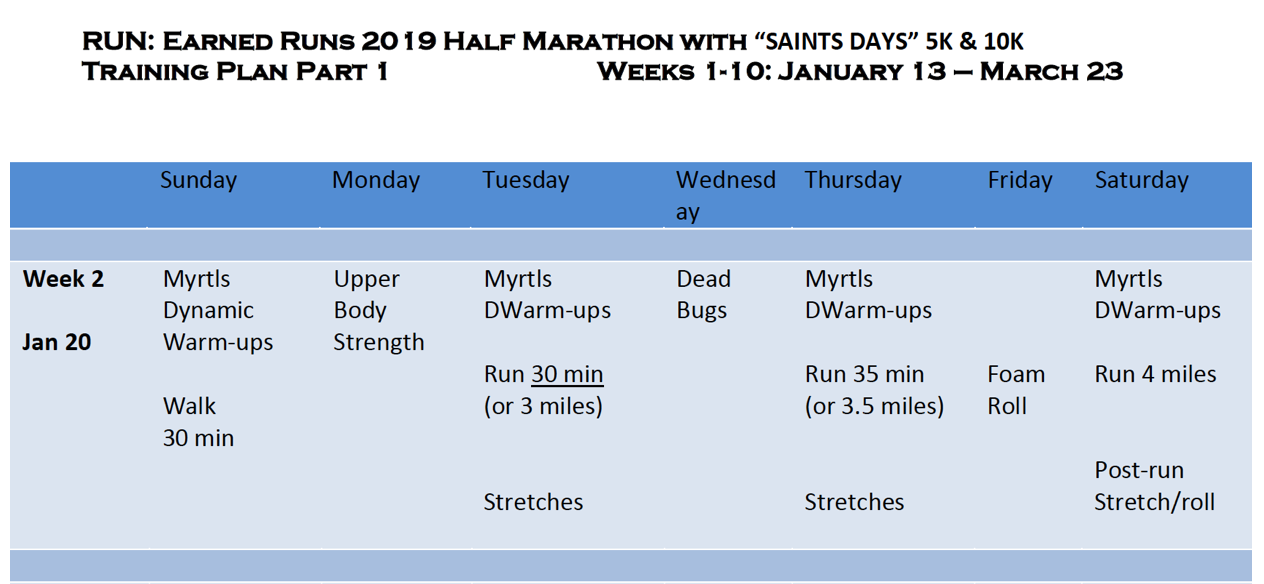
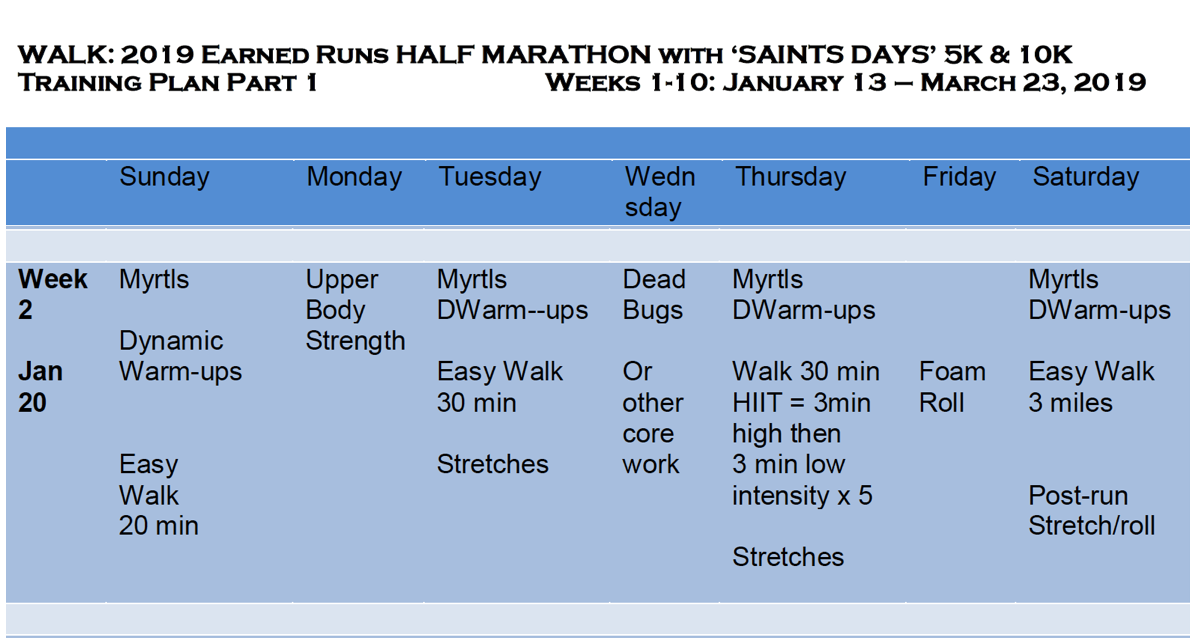
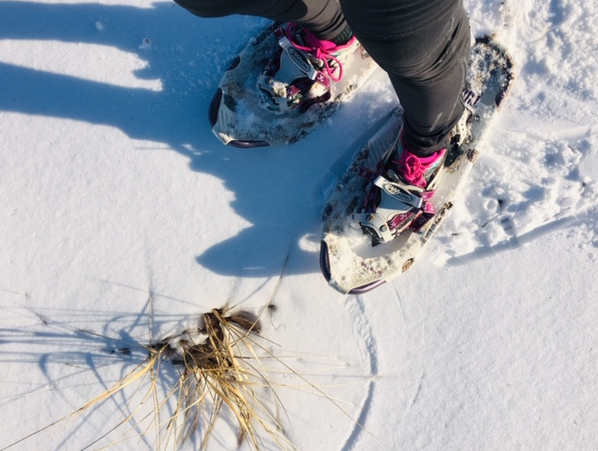

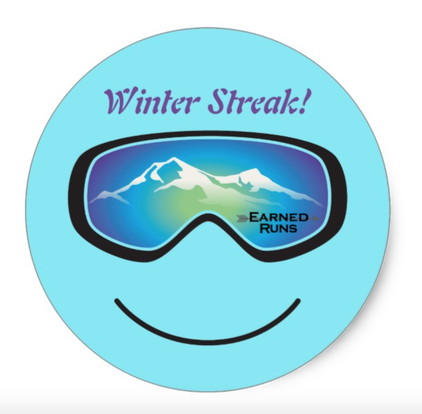
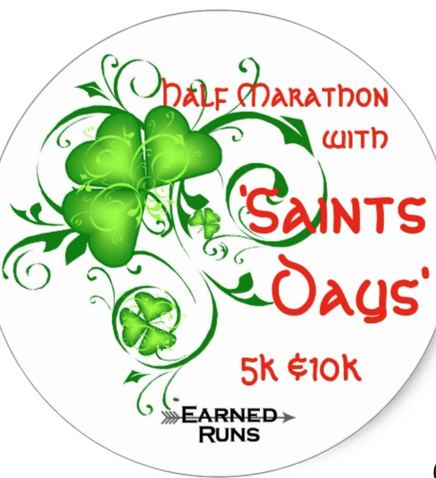
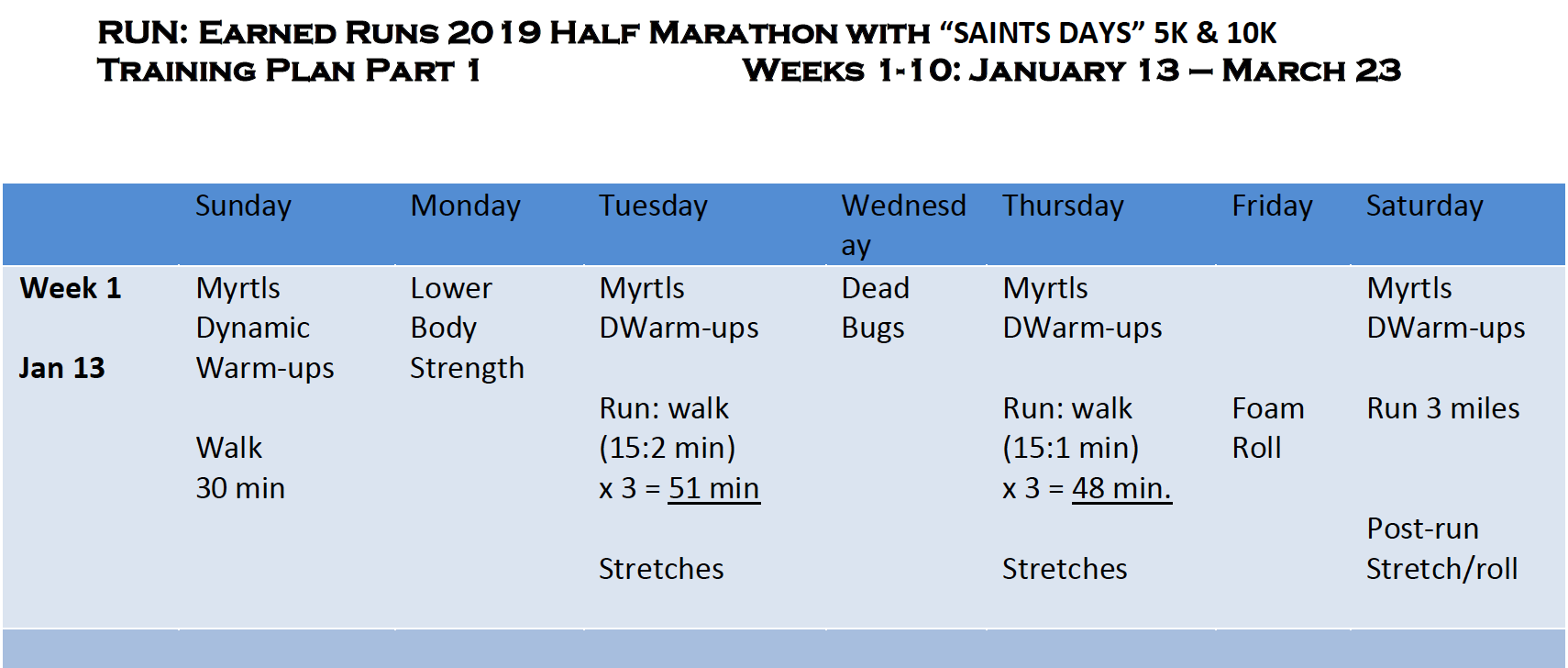
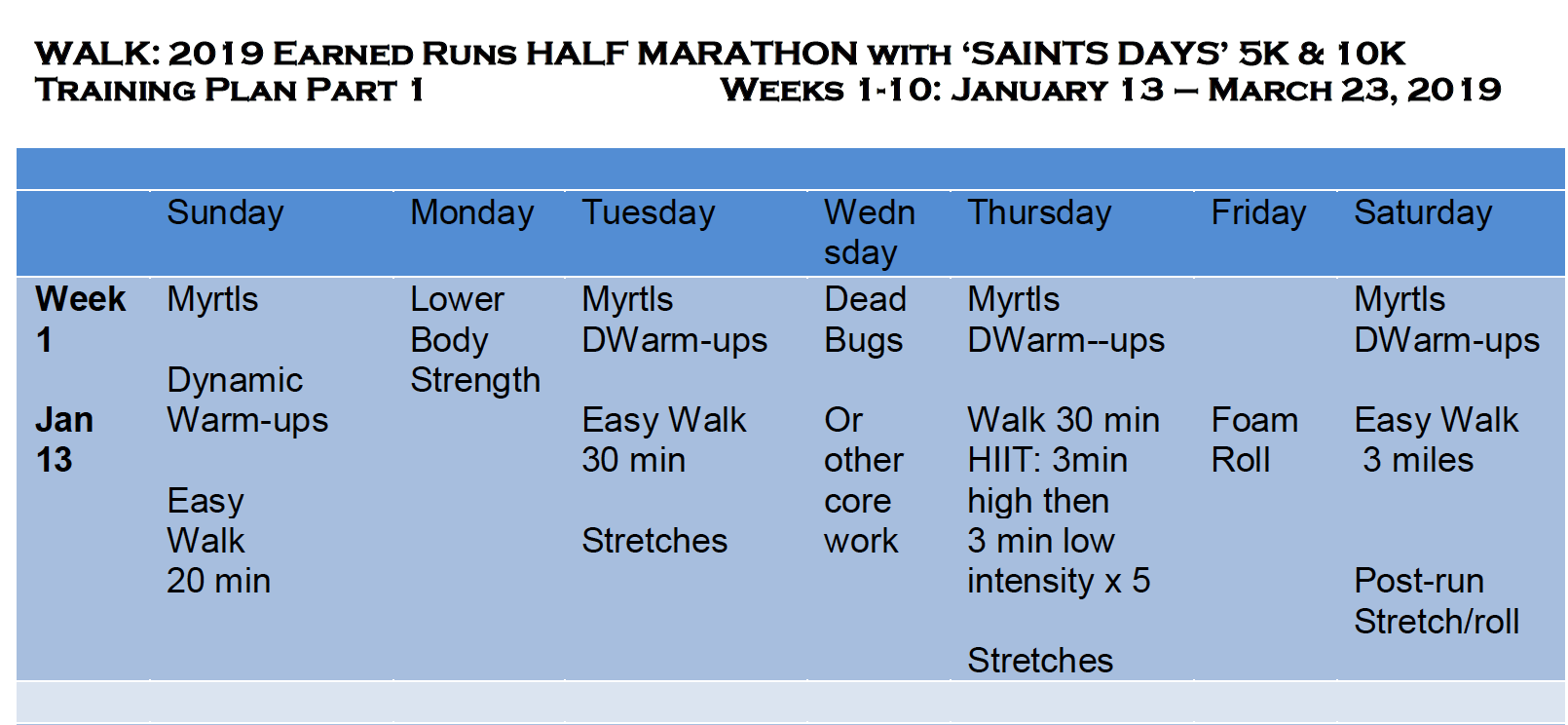
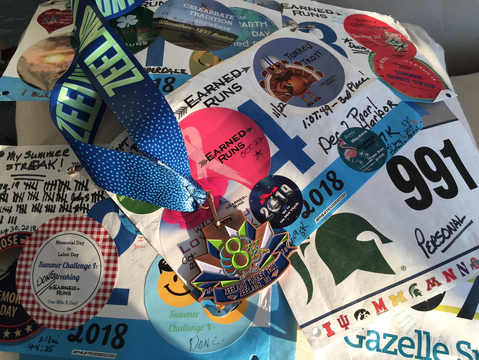
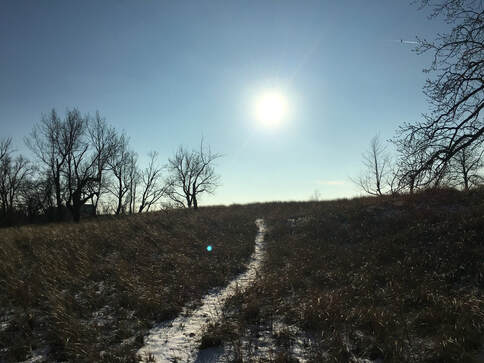
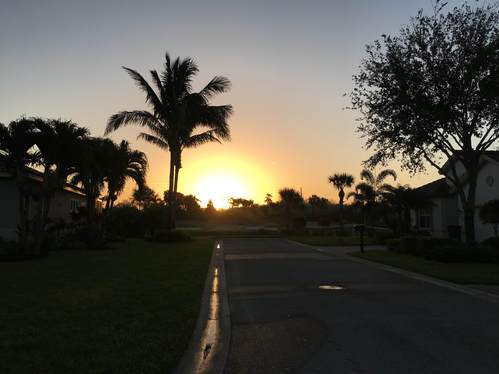
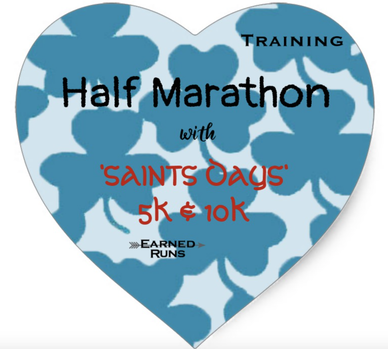
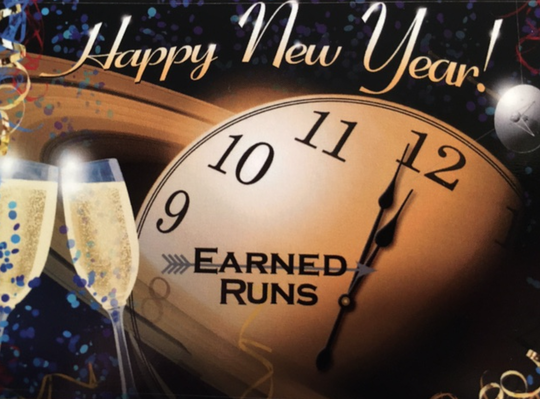
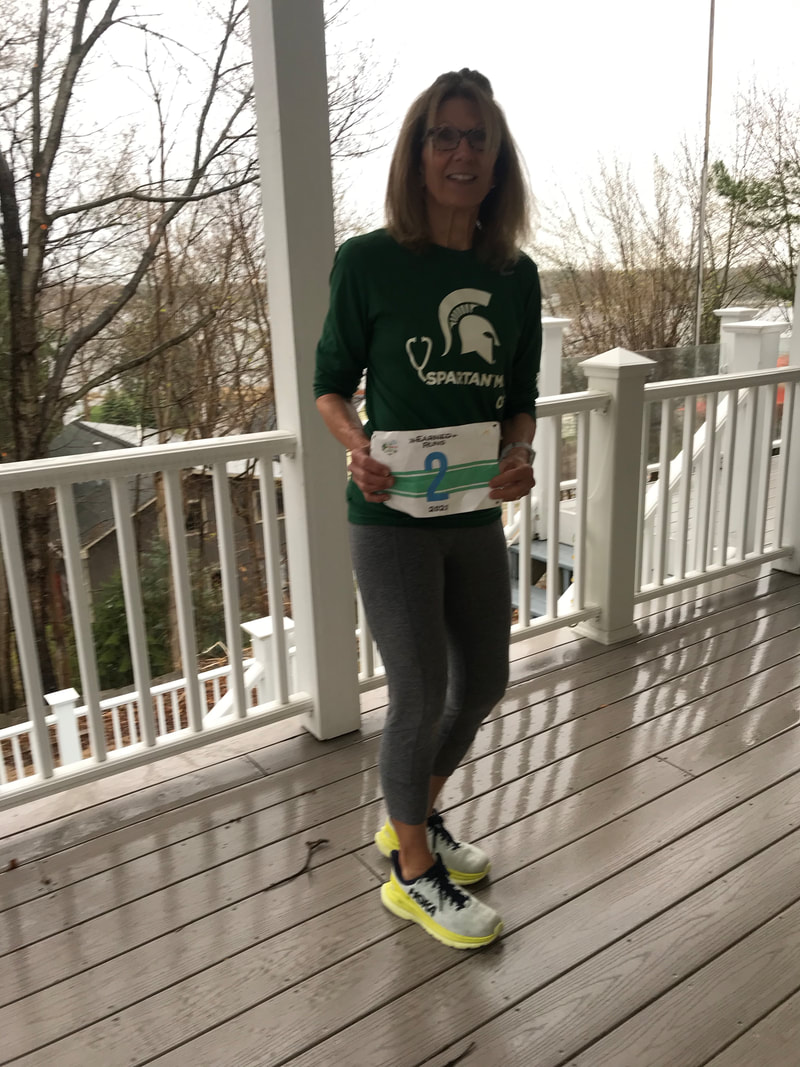
 RSS Feed
RSS Feed